In the mist-draped forests of Sumatra, a ghost moves with silent grace. The Sumatran tiger, the smallest and rarest of all tiger subspecies, teeters on the edge of existence. There are fewer than 400 left in the wild—a number that drops every year, despite passionate efforts to save them. Their stripes melt into the jungle shadows, making them nearly invisible to the human eye. But this invisibility is both their strength and their curse, as poaching and shrinking forests threaten their future. Every day, these tigers must navigate a world that grows smaller and more dangerous. Yet their spirit—quiet, fierce, and resilient—captures the hearts of those lucky enough to glimpse them. What does it mean to be the last of one’s kind, still fighting, still wild? The story of the Sumatran tiger is one of beauty, tragedy, and a stubborn hope that refuses to fade.
Smallest of the Big Cats

The Sumatran tiger isn’t just rare—it’s also the smallest tiger in the world. Standing only about waist-high to an adult human, these tigers weigh between 165 and 310 pounds. They’re compact compared to their Siberian or Bengal cousins, but don’t let their size fool you. Their smaller frame is perfect for slipping through Sumatra’s dense undergrowth. It’s almost as if nature designed them to vanish between tangled roots and towering trees. When you imagine a tiger, maybe you think of something massive, but Sumatran tigers are more like shadowy phantoms—powerful, but built for stealth, not brute force. Their smallness isn’t a weakness; it’s a superpower in their wild, crowded world. It makes you wonder: how many wonders are missed, simply because they’re not what we expect?
Stripes Like No Other

Every Sumatran tiger wears a coat of stripes as unique as a fingerprint. Their stripes are closer together and darker than those of other tigers, giving them a striking, almost mysterious appearance. These markings help them blend perfectly into the play of sunlight and shadow on the forest floor. If you ever saw one in the wild, you might only catch a flicker of movement—the stripes doing their job so well that the tiger seems to dissolve into the trees. It’s like the forest itself is conspiring to keep their secret. This camouflage is not just beautiful, but essential for stalking prey and avoiding danger. It’s a reminder that in nature, beauty and survival are often the same thing, woven together in every line.
Masters of Stealth

Sumatran tigers move like whispers through the jungle. Their padded feet make almost no sound, and their low, slinking gait is designed for total silence. Imagine creeping through a dark room without bumping into anything—that’s their life, every day. They use this stealth to stalk deer, wild pigs, and even monkeys, sometimes waiting for hours before the perfect moment to pounce. It’s a patient art, learned from birth. In a world full of noise and chaos, their quiet is almost magical. Maybe that’s why stories and legends always paint tigers as mysterious—because in the presence of a Sumatran tiger, even the forest seems to hold its breath.
Jungle Home in Jeopardy

The Sumatran tiger’s home is a place of ancient beauty—rainforests tangled with vines, rivers winding through the green, and the distant call of birds. But these forests are disappearing fast. Logging, palm oil plantations, and roads cut deeper into their territory every year. It’s heartbreaking to think that the very place that shaped these tigers is vanishing beneath bulldozers. When a forest falls, it isn’t just trees that are lost; it’s the silence, the mystery, the home for so many wild lives. For the Sumatran tiger, shrinking forests mean smaller hunting grounds, more encounters with humans, and a future that feels less certain with every passing day.
Solitary Wanderers
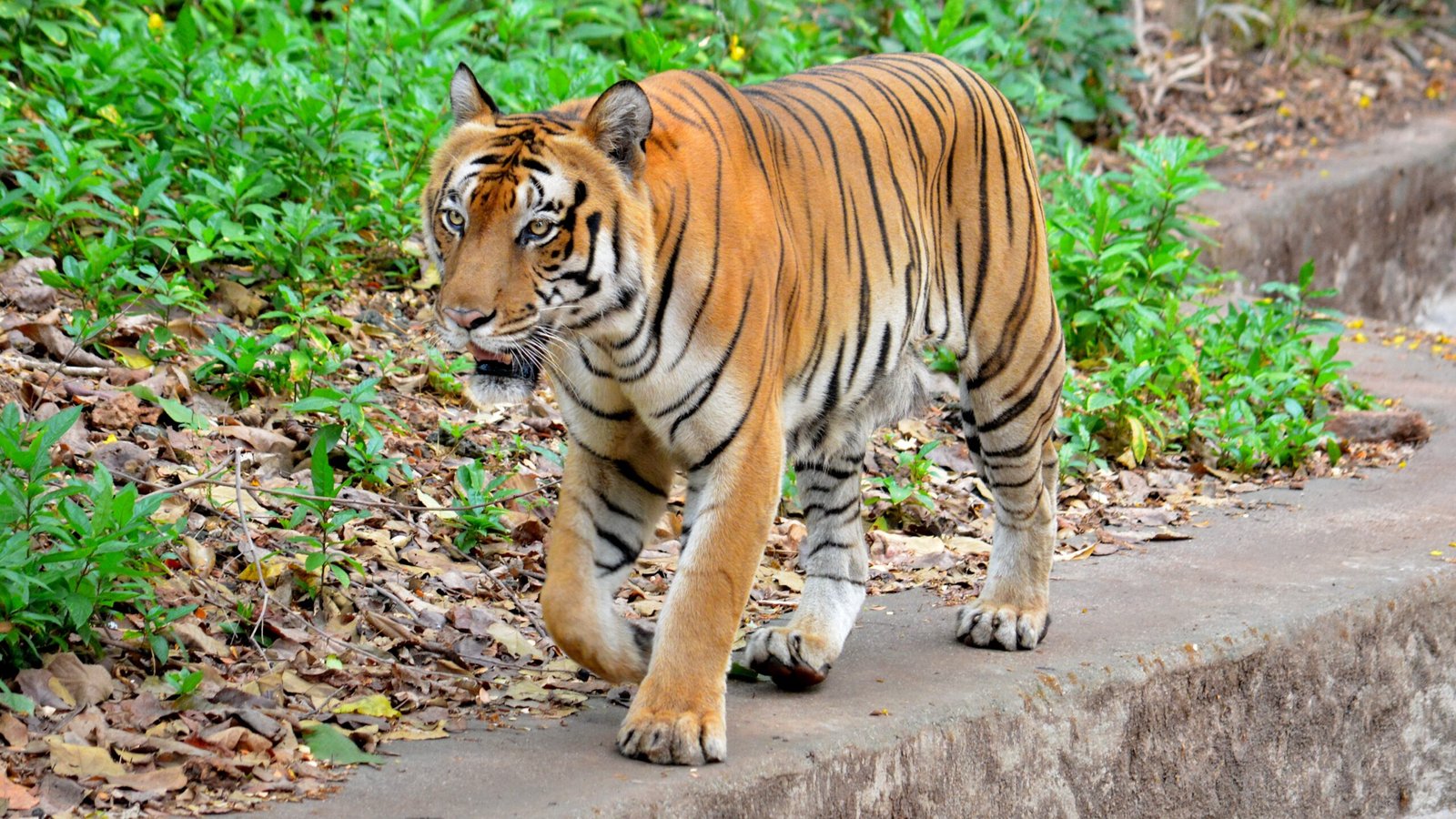
Unlike lions, who live in prides, Sumatran tigers are fiercely solitary. Each tiger roams its own patch of forest, marking the trees with scent so others know to stay away. They might go weeks without seeing another tiger, wandering miles in search of food or a mate. There’s a certain sadness to this—imagine living your whole life mostly alone, with only the sounds of the jungle for company. But solitude is what makes them strong and adaptable. It’s a life of quiet independence, carved out in the shadows. Maybe that’s why they seem so mysterious—each one a story, told in silence, hidden beneath the trees.
Powerful Hunters

The Sumatran tiger is a predator at the very top of its food chain. With powerful legs and razor-sharp claws, it can bring down prey much larger than itself. Their favorite meals are deer and wild pigs, but they’re opportunists—if a monkey or bird crosses their path, they won’t say no. Hunting is a risky business, though. A missed leap means another day of hunger. Sometimes, even the king of the jungle goes to bed with an empty stomach. Their survival depends on skill, patience, and a little bit of luck. It’s a daily drama played out beneath the green canopy, where every meal is a hard-won victory.
Family Ties

For a short window in their lives, Sumatran tiger mothers and cubs form a tight, loving family. A mother will raise her tiny, blind cubs in a hidden den, fiercely protecting them from danger. For about two years, she teaches them everything—how to stalk, how to pounce, how to read the secrets of the forest. These lessons are a lifeline. When the time comes, the young tigers step out into the world alone, carrying their mother’s wisdom with every silent step. It’s a bittersweet goodbye, but necessary for survival. In the wild, every lesson learned is a thread in the story of life itself.
Endangered and Under Threat

The Sumatran tiger’s story is, sadly, one of struggle. With fewer than 400 left in the wild, every single tiger counts. Poaching for skins and body parts is a constant threat, driven by black markets that value tiger bones more than tiger lives. Add in habitat loss and conflict with humans, and it’s easy to see why their future is so fragile. Conservation groups work tirelessly to protect them, but the battle is uphill. Sometimes, it feels like the world is looking away just when these tigers need us most. But hope remains, carried on the whispers of the jungle and in every tiger’s golden eyes.
Guardians of the Forest

Sumatran tigers aren’t just beautiful—they’re the heartbeat of their ecosystem. As apex predators, they keep populations of deer and wild pigs in check, which in turn helps the forest grow healthy and strong. Remove the tiger, and the whole balance tips. It’s amazing to think that one animal can shape the fate of an entire forest. Protecting tigers isn’t just about saving a single species; it’s about caring for the wild places we all depend on. In their quiet way, Sumatran tigers are guardians—protecting the mystery and magic of Sumatra’s last wild places.
Secretive Lives

Much of what we know about Sumatran tigers comes from rare glimpses, hidden camera traps, and scattered paw prints. They are masters of secrecy, slipping through the jungle unseen. Even scientists who dedicate years to studying them sometimes go months without a sighting. This secretive nature is both thrilling and frustrating—it keeps their world safe, but also makes it harder to protect them. There’s something almost mythical about a creature that can vanish so completely. In an age of constant surveillance, the Sumatran tiger’s ability to disappear feels like a kind of magic we desperately need to remember.
Unique Roar

A Sumatran tiger’s roar is not just a sound—it’s a force. Their call can be heard up to two miles away, echoing through the jungle like a warning and a song. Each tiger’s voice is a bit different, a signature that says, “This is my home.” It’s a haunting, thrilling sound that sends chills down your spine. For other tigers, it’s a clear message: keep your distance. For people lucky enough to hear it, it’s a reminder that wildness still exists, hidden in the shadows. The roar of a Sumatran tiger is music from another world—raw, beautiful, and a little bit terrifying.
Eyes in the Night

Sumatran tigers are creatures of the twilight, most active at dawn and dusk when the jungle is bathed in golden light. Their eyes are specially adapted for low light, glowing like lanterns in the dark. This gives them an edge over prey and rivals alike. There’s something almost supernatural about those glowing eyes, peering out from the darkness. It’s easy to see why so many cultures weave tigers into their myths and legends. In the jungle, night belongs to the tiger. Their gaze is a silent promise: even in the deepest shadows, wild beauty endures.
Water Lovers

Unlike most big cats, Sumatran tigers are surprisingly fond of water. They’ll wade into rivers to cool off or even swim across streams in search of prey. Their love of water is practical—Sumatra is criss-crossed by rivers, and swimming opens up new hunting grounds. But it’s also a little bit playful. On hot days, tigers will splash about, rolling in the shallows like oversized house cats. There’s something endearing about this wild, fierce animal enjoying a simple pleasure. It’s a reminder that even the mightiest need moments of joy and relief.
Distinctive Whiskers
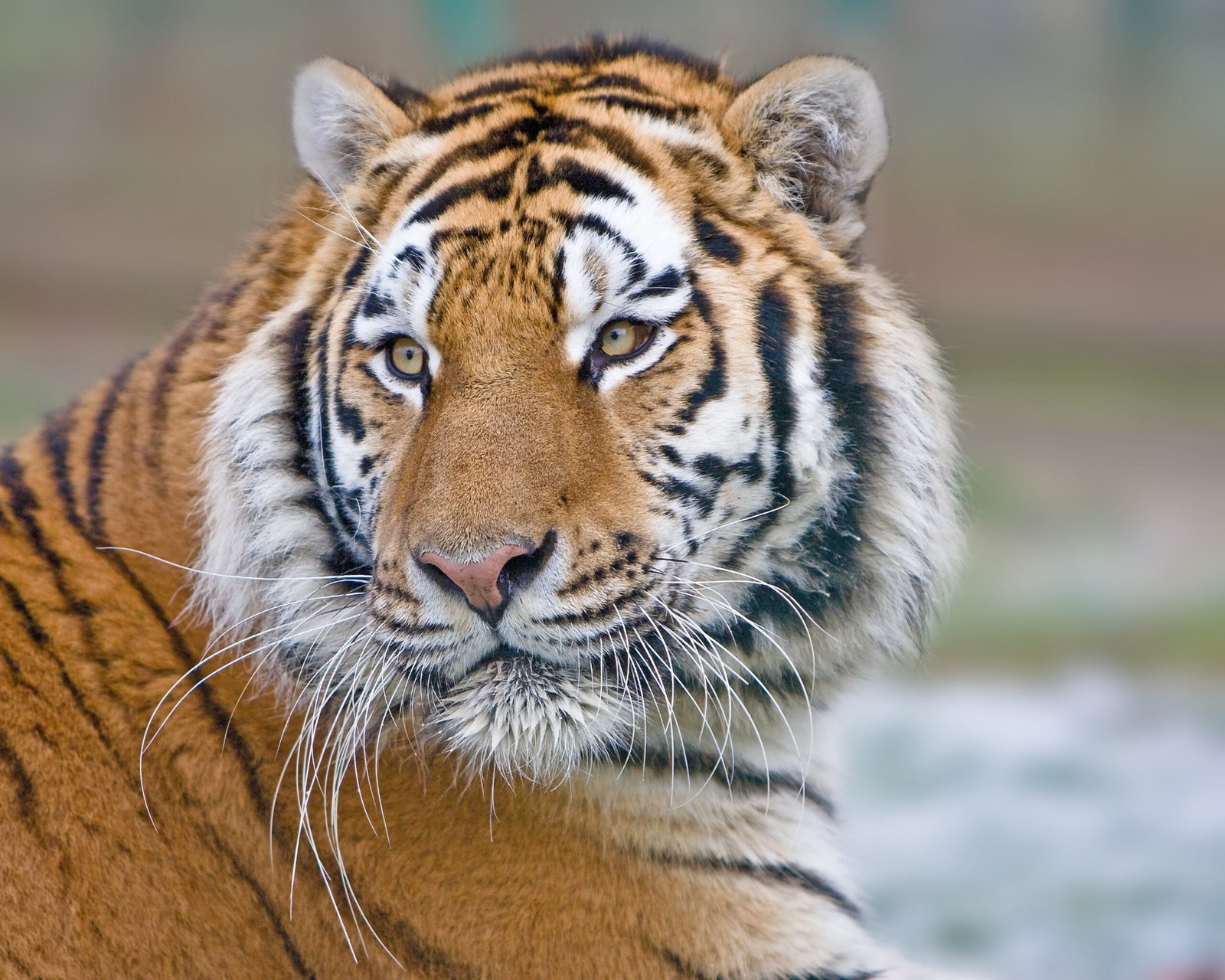
Look closely at a Sumatran tiger’s face, and you’ll notice long, sensitive whiskers framing their muzzle. These whiskers are more than decoration—they’re tools for survival. In the dense jungle, a tiger’s whiskers help it feel its way through darkness, sense obstacles, and even judge the width of gaps. They’re like built-in radar, guiding the tiger softly and silently. It’s a small detail, easy to miss, but it’s a perfect example of how every part of the tiger is tuned for its world. Sometimes, it’s the little things that make the biggest difference.
Playful Cubs

Before they become solitary hunters, Sumatran tiger cubs are bundles of energy and mischief. They wrestle, chase each other, and pounce on anything that moves. Playtime is more than fun—it’s training for the serious business of survival. Every tumble and leap builds strength and teaches vital skills. Watching tiger cubs at play is like seeing the future in motion—wild, hopeful, and a little bit clumsy. Their playful spirit is infectious, a reminder that even in the toughest lives, there is room for laughter and lightness. If you ever feel the world is too serious, just imagine a tiger cub’s first clumsy pounce.
Unbreakable Spirit
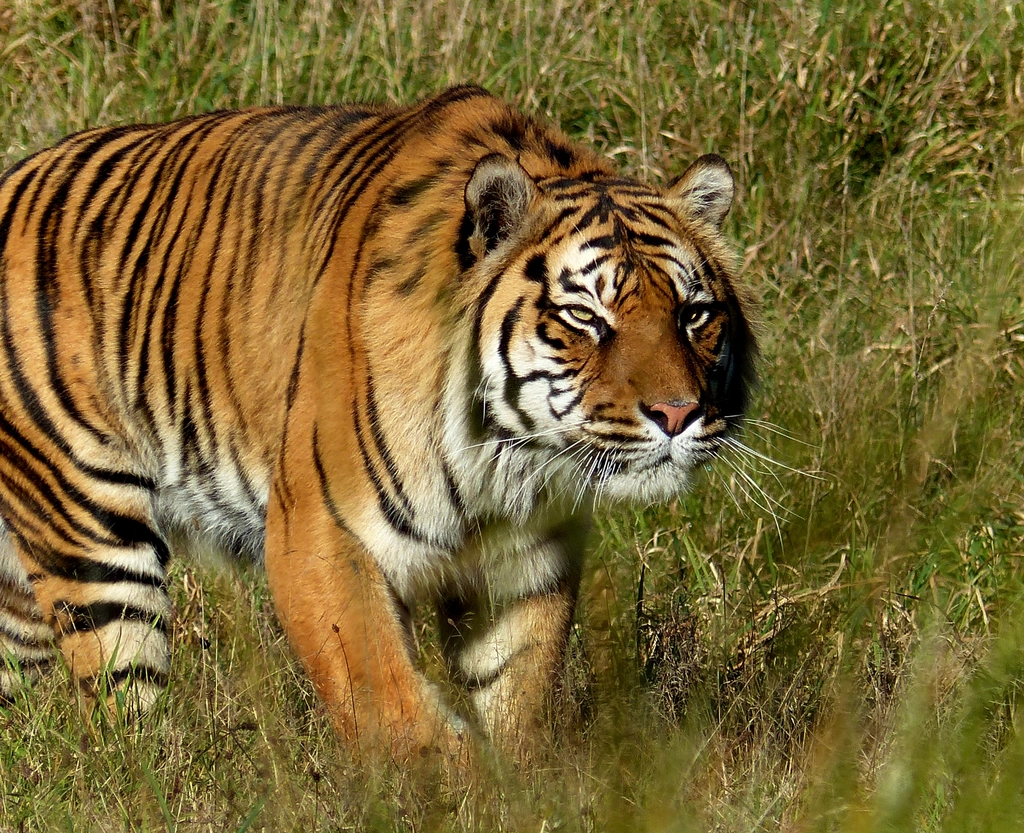
Despite everything stacked against them, Sumatran tigers are survivors. They adapt to new threats, change their hunting grounds, and find ways to live in a world that sometimes feels determined to erase them. Their resilience is inspiring. Every wild tiger is a testament to the power of persistence—living proof that hope can survive even in the darkest places. When you think of the Sumatran tiger, think not only of loss, but of courage. Their story is one of endurance, of refusing to give up, even when the shadows are closing in. If they can keep going, maybe we can too.
Human-Tiger Conflict

As forests shrink, Sumatran tigers find themselves dangerously close to people. Sometimes they wander into villages, drawn by livestock or sheer hunger. This leads to conflict—scared villagers, lost animals, and too often, tragedy for both sides. It’s a heartbreaking situation with no easy answers. Conservation groups are working to help, building fences, creating buffer zones, and teaching communities how to live safely alongside tigers. It’s a delicate dance—finding space for both people and tigers in a crowded world. The hope is that, with understanding and respect, coexistence is possible.
Legends and Lore
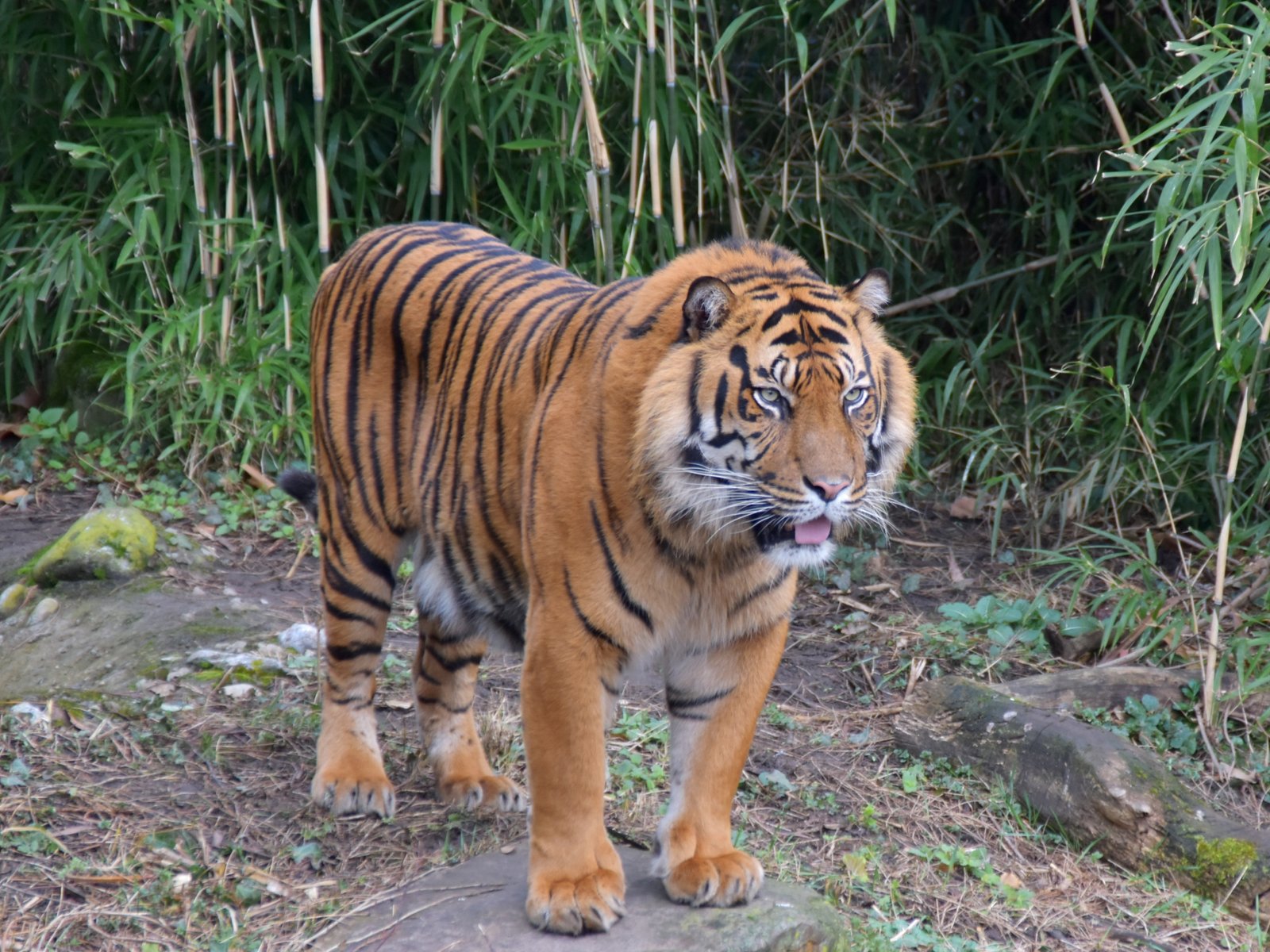
In Sumatra, tigers are more than animals—they’re woven into the very soul of the island. Stories tell of spirit tigers, guardians of the forest, and shapeshifters who walk between worlds. Some villagers believe a tiger’s gaze can see into your soul. Others leave offerings on jungle paths, hoping for protection or good luck. These legends aren’t just old tales—they’re a way of honoring the wild and acknowledging the mystery that tigers bring. In a world that’s losing its magic, such stories remind us that some mysteries are worth keeping alive.
Conservation Warriors
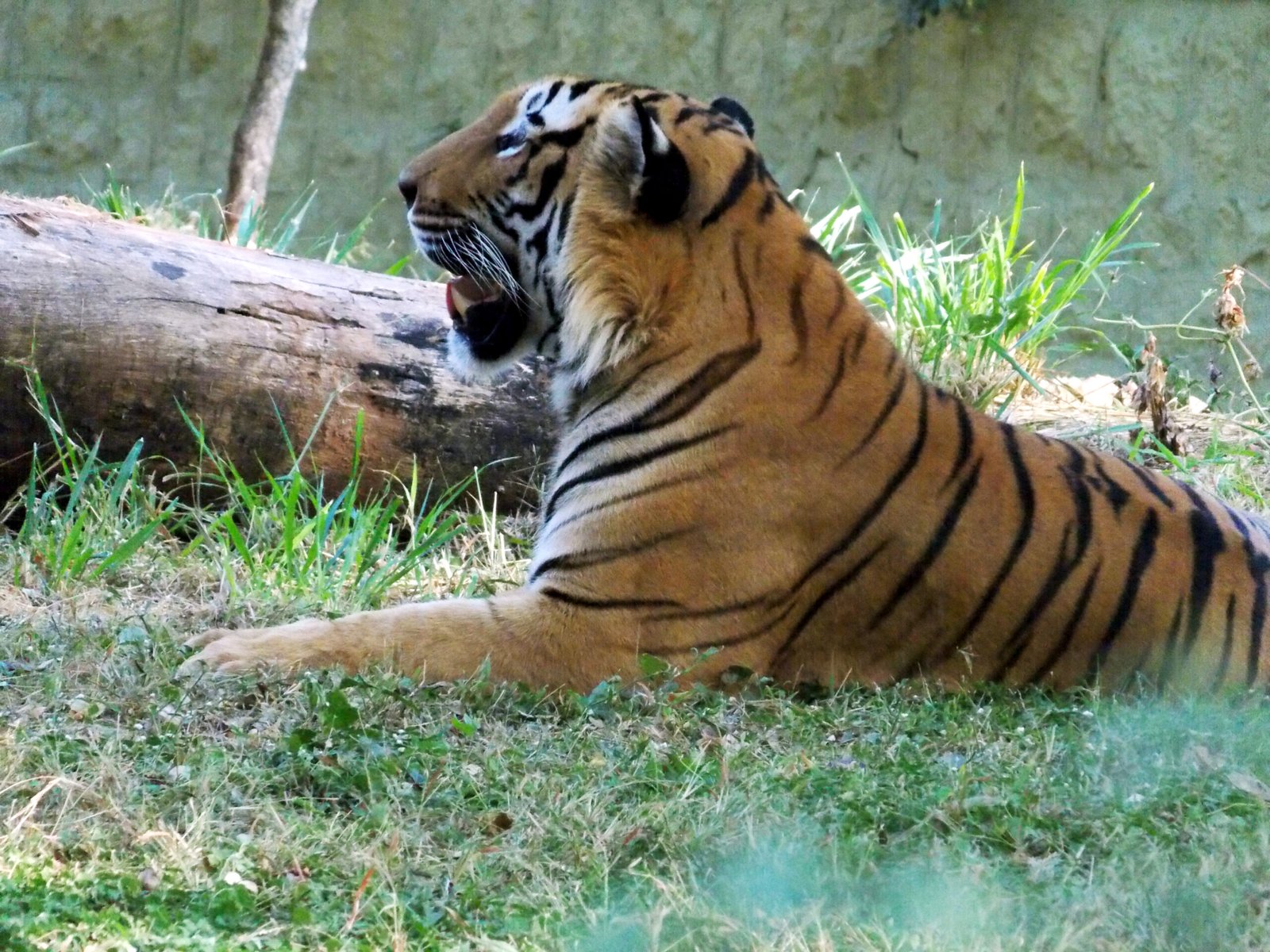
All across Sumatra, people are fighting for the tiger’s future. Rangers patrol the forests, removing snares and chasing off poachers. Scientists track tigers with hidden cameras, while educators teach children why these cats matter. It’s dangerous, difficult work—often done for little pay and less thanks. But every rescued tiger, every new cub, is a victory. These conservation warriors don’t just save tigers; they inspire hope in anyone who cares about wild things. Their quiet bravery is a reminder that one person, or a small group, can make a world of difference. Who would you fight for?
Role in Biodiversity
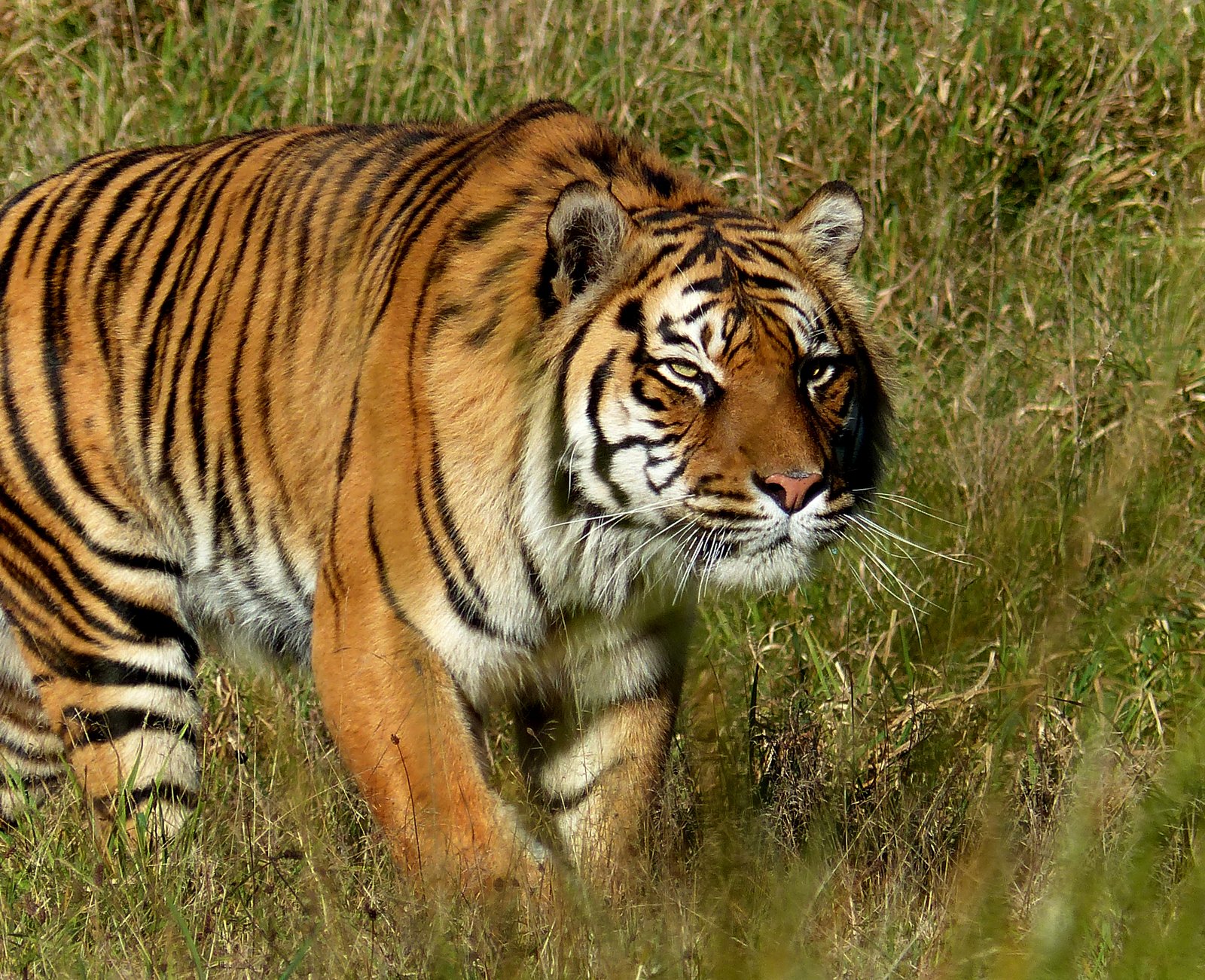
When you protect a Sumatran tiger, you protect everything around it. Tigers need big, healthy forests, which means saving them also saves countless other species—birds, insects, even rare plants. Their presence is a sign that the ecosystem is working as it should. It’s like pulling a single thread from a tapestry—without it, the whole pattern unravels. So when conservationists say “Save the tiger,” they’re really saying “Save the world.” It’s a powerful idea, and one that makes every effort, every sacrifice, feel worthwhile.
Hope From the Shadows
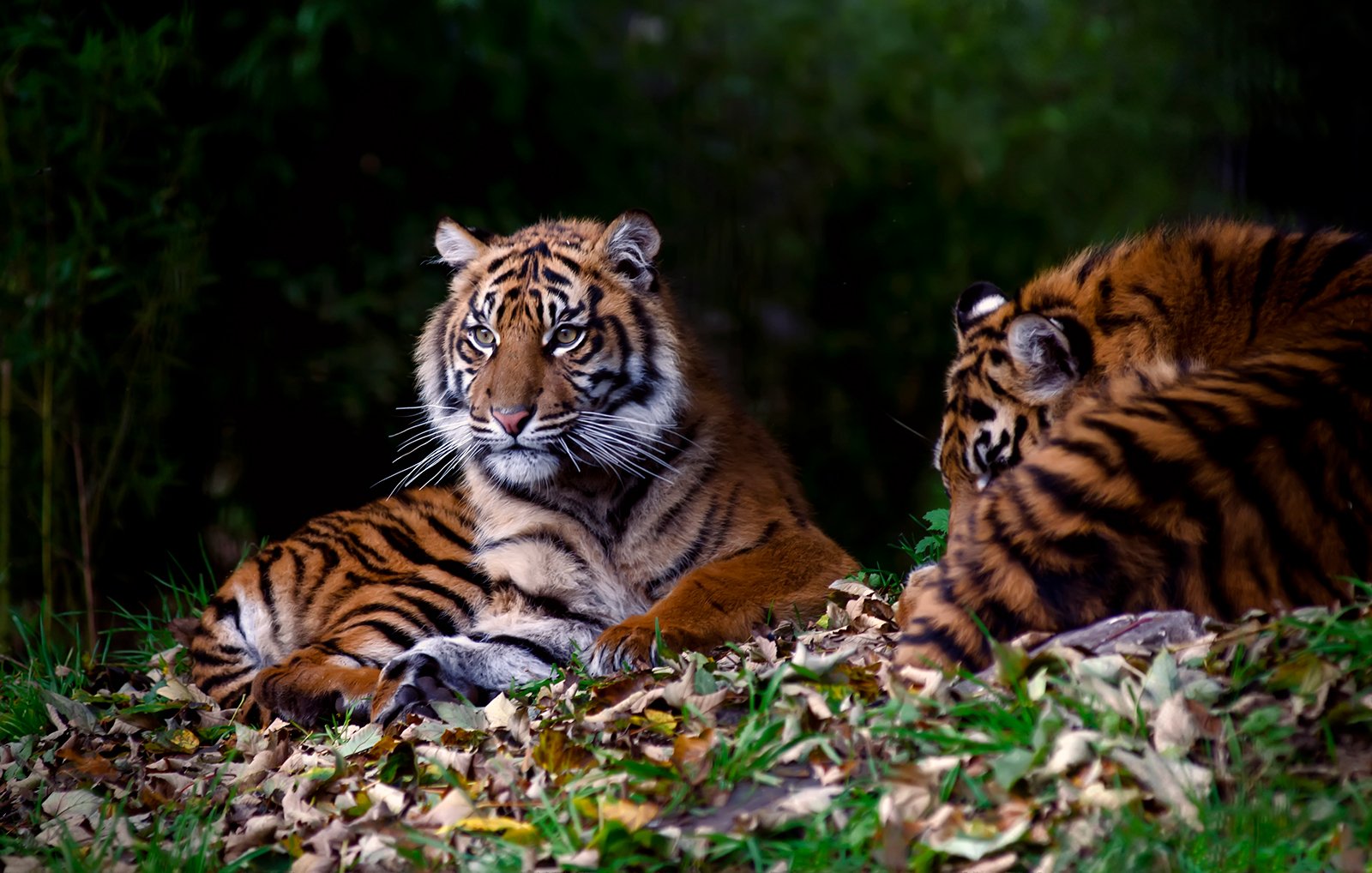
It’s easy to feel overwhelmed by the challenges facing Sumatran tigers. But there are glimmers of hope—cubs born in the wild, forests set aside for protection, people coming together to make change. Every small success matters. Each tiger that survives is a promise that the shadows haven’t won. In a way, the tiger’s struggle is a mirror for our own—fighting for space, for survival, for a future that’s wild and free. The story isn’t over yet. As long as tigers stalk the jungle, hope lives on, flickering like sunlight through the leaves.
Symbol of Wildness

The Sumatran tiger is more than just an animal—it’s a symbol. To see one, even in a photograph, is to be reminded that wildness still exists, untamed and unbroken. In a world that’s increasingly tamed and controlled, the tiger stands for everything we risk losing: mystery, beauty, and the thrill of the unknown. Protecting them isn’t just about saving a species; it’s about protecting our own sense of wonder. The tiger’s gaze challenges us—will we choose a world with wildness, or one where only shadows remain?
Conclusion
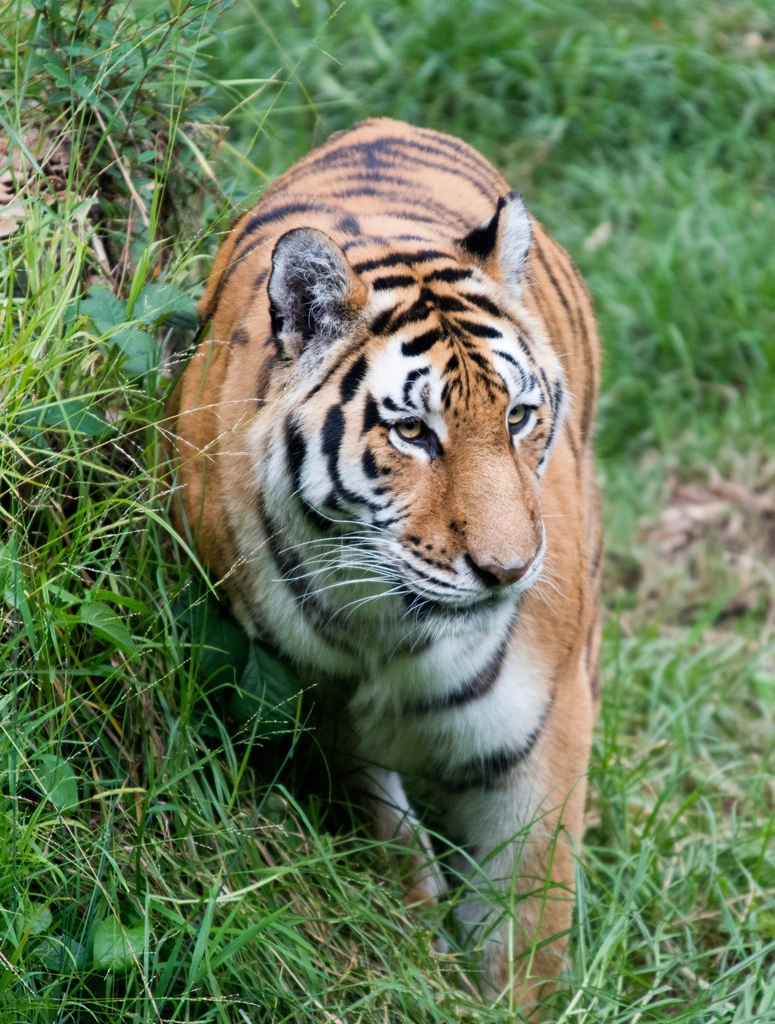
The Sumatran tiger’s story is one of shadows and sunlight, of struggles and hope. These remarkable cats remind us that wildness is fragile, but also fiercely persistent. Every stripe, every silent step, every haunting roar is a thread in a tapestry that connects us to the natural world. When we fight for tigers, we fight for wonder itself. The journey may be hard, but the reward is nothing less than the survival of magic in our world. Next time you think about what’s worth saving, ask yourself: would you miss the shadows if they were gone?

Suhail Ahmed is a passionate digital professional and nature enthusiast with over 8 years of experience in content strategy, SEO, web development, and digital operations. Alongside his freelance journey, Suhail actively contributes to nature and wildlife platforms like Feline Fam, where he channels his curiosity for the Feline into engaging, educational storytelling.
With a strong background in managing digital ecosystems — from ecommerce stores and WordPress websites to social media and automation — Suhail merges technical precision with creative insight. His content reflects a rare balance: SEO-friendly yet deeply human, data-informed yet emotionally resonant.
Driven by a love for discovery and storytelling, Suhail believes in using digital platforms to amplify causes that matter — especially those protecting Earth’s biodiversity and inspiring sustainable living. Whether he’s managing online projects or crafting wildlife content, his goal remains the same: to inform, inspire, and leave a positive digital footprint.





